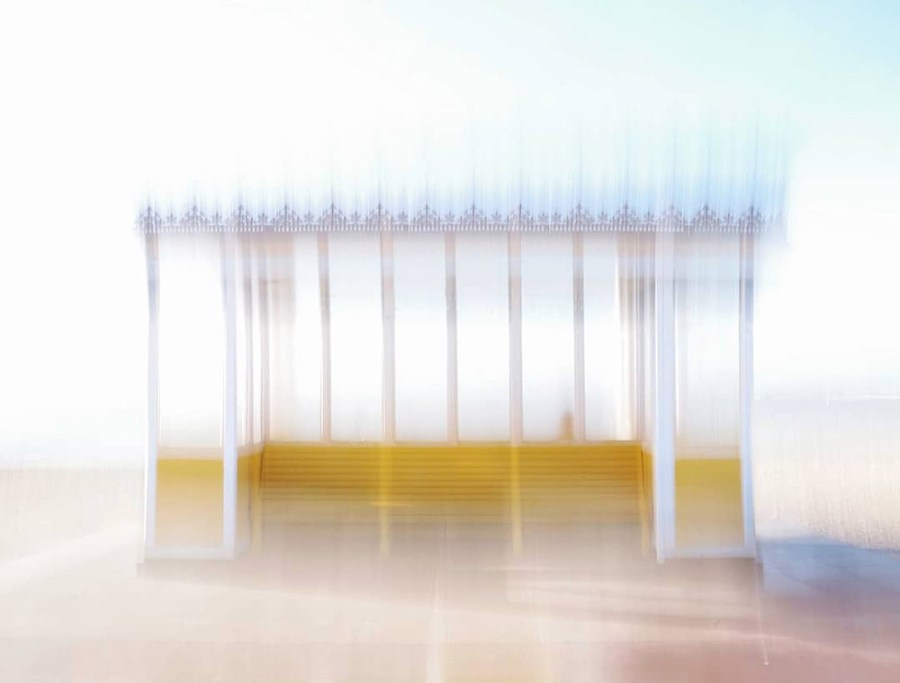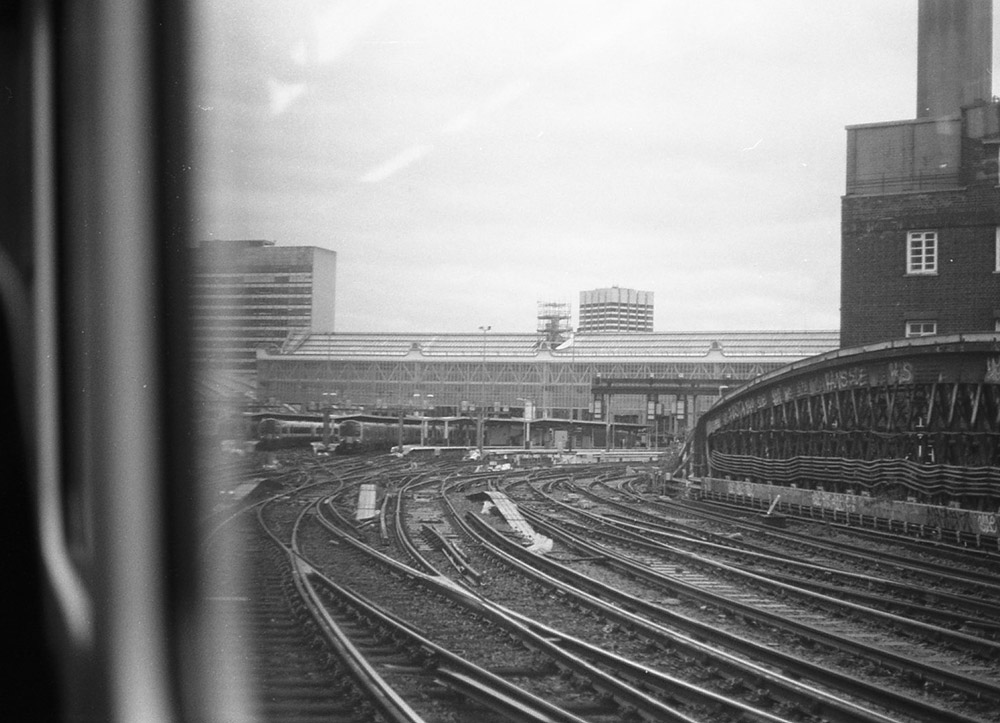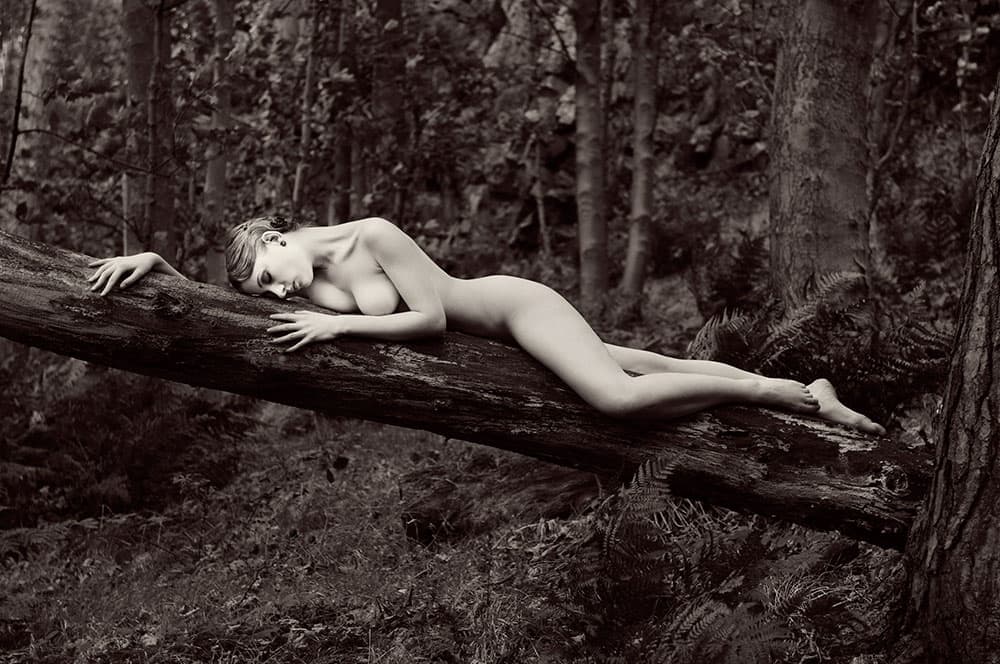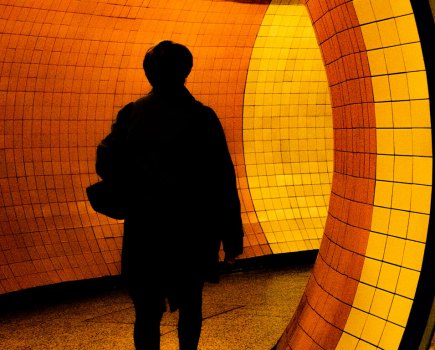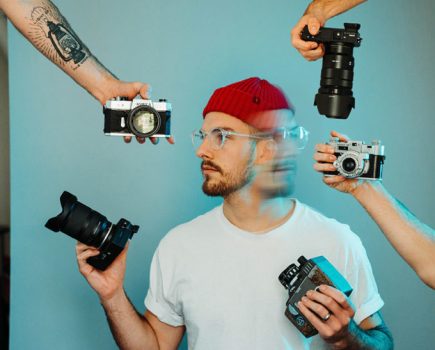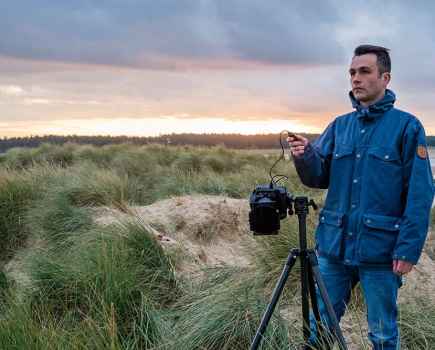In fine art photography, photography is used to communicate a message, feeling or idea through subjects that hold meaning or serve a particular purpose. Jessica Miller shows you how to develop an idea and present it through your photos, with examples.
What is fine art photography?
Fine Art photography is unlike other genres of photography, such as photojournalism, where the photographer captures the subject for what it is. Fine art photography is much more subjective and expressive: of a narrative, idea, message or feeling through the medium of photography. The camera is a creative tool, in effect.
Whilst landscapes, people and streets may appear within the photographs, they usually intend to serve a purpose or hold a meaning. The choices made in subject, composition, lighting and so on within a photo are all purposely chosen.
Need further explanation? Three photographers share their definitions here.
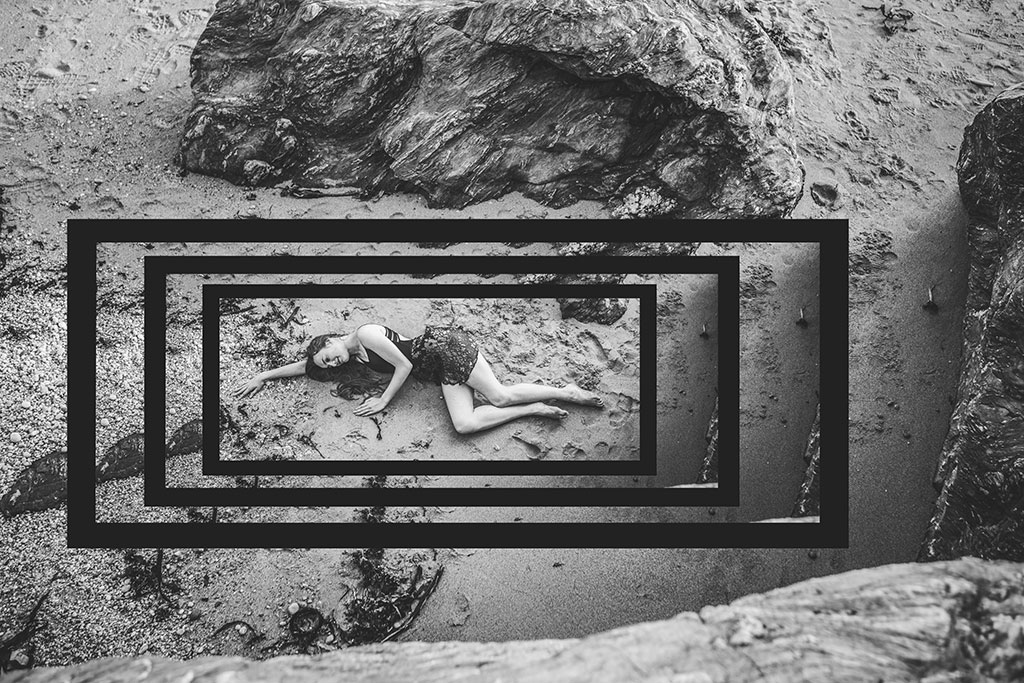
How to develop an idea for your fine art photography
The message or idea in your fine art photography could be a word, emotion or concept. Fine art photography is achieved through a process; perhaps one that is more intentional than in other kinds of photography. The first step is to consider an idea or concept, and then how you will present them.
A good place to start is to consider what you are passionate about, or something that has meaning to you. You may consider a range of ideas until you find something that resonates with you. Write them down and start to categorise ideas/themes; from here you can streamline them. Writing down ideas and even developing an ‘artist statement‘ may help, especially if you want to talk about your work with others.
Over the years I have been inspired by travel, particularly travel that involves revisiting the same locations multiple times. As such my work has developed to be based around themes of place, attachment as well as memory and mood.
Once you have found some core ideas, I recommend doing some research on the topic. See which other photographers and artists have explored similar themes, and how they present them. You can do this through searching on social media, the internet, reading books and other literature, as well as visiting exhibitions. I also look to other art mediums, like painting, for inspiration.
NB: an artist statement is a short piece of text that clearly describes the work. It aims to give the viewer understanding and context.
Presenting a message or story through your fine art photos
Once you have found what you want to say through your photography, you will need to decide how you want to say it, and what you want the focus to be. Will you use, landscapes, people or still life to express the concept? Trying different styles and techniques is the only way to know whether it works or not – for you and your idea. I tend to use architecture, street and landscape as the main subject within my work to depict place, as well as experimenting with multiple exposures and intentional camera movement to present the idea of memory.
Pre-visualising is a good method for considering how your ideas and messages will be played out in an image. As Marsel van Oosten stated, ‘Pre-visualisation is visualising an image before it is made. Instead of merely capturing what you see in front of you, you first create the image in your head and then try to capture it. This is the most important creative technique that I use and know.’
As part of this, having some experimentation with trial and error will strengthen the final results. Not all ideas will work, and these should not be considered mistakes, but rather invisible steps towards your final image.
As with other forms of photography you should still consider the kit you use, composition, colour or black and white, lighting, editing etc, for what you wish to convey. Having a good understanding and being able to control these elements will be important for creating great photographs that put across your fine art idea.
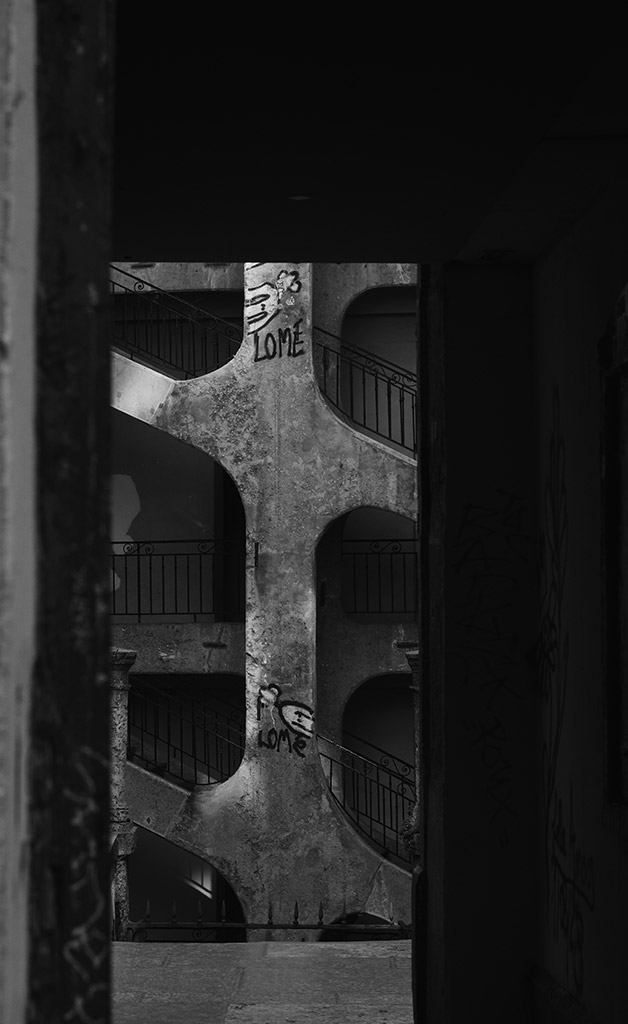
You should also consider if you are taking singular photos or images as part of a series. Want to know how to build a portfolio for your photography? Tracy Calder shares some advice for how to put together a portfolio here.
So how do you know if your photo has been successful in putting across your message? Ask yourself; and other people about how the image struck them, their first impression, feelings that it evoked. ‘How does the viewer read the composition? Does it guide their eye?’, ‘What do I/they get from it?’ and so on.
Portrait fine art photography
Fine art portrait photography is captured with intention and meaning to arouse emotion and thought. They are more than just capturing a headshot, beauty or fashion campaign or documentary shots, where the photography represents reality.
Fine art portrait photography tips:
- All about the eyes – Portrait photography is about the eyes. Even if your subject’s eyes are closed and this is deliberate it will impact how the viewer interprets and connects to the subject. If they are open and the main focal point, then keep those eyes sharp!
- Consider the environment – Capturing the surroundings of the person you are photographing can reveal more in your storytelling. Linking the background with the subject and narrative of your photo will give it a more concise and interesting concept.
- Light – Understand how the quality and direction of light affect your image. Hard light creates strong and well-defined shadows, adds contrast and draws attention to a specific part of it. Use it to add drama, strength and mystery to portraits. Soft or diffused light wraps around the subject with a smooth transition to shadows. It is more flattering and helps smooth blemishes and skin imperfections.
- Shadows – Creating a shadow can add character, shape, dimension and drama. You can completely change the look of your portraits depending on where you allow the shadows and light to fall.
See top fine art portrait photography tips here.
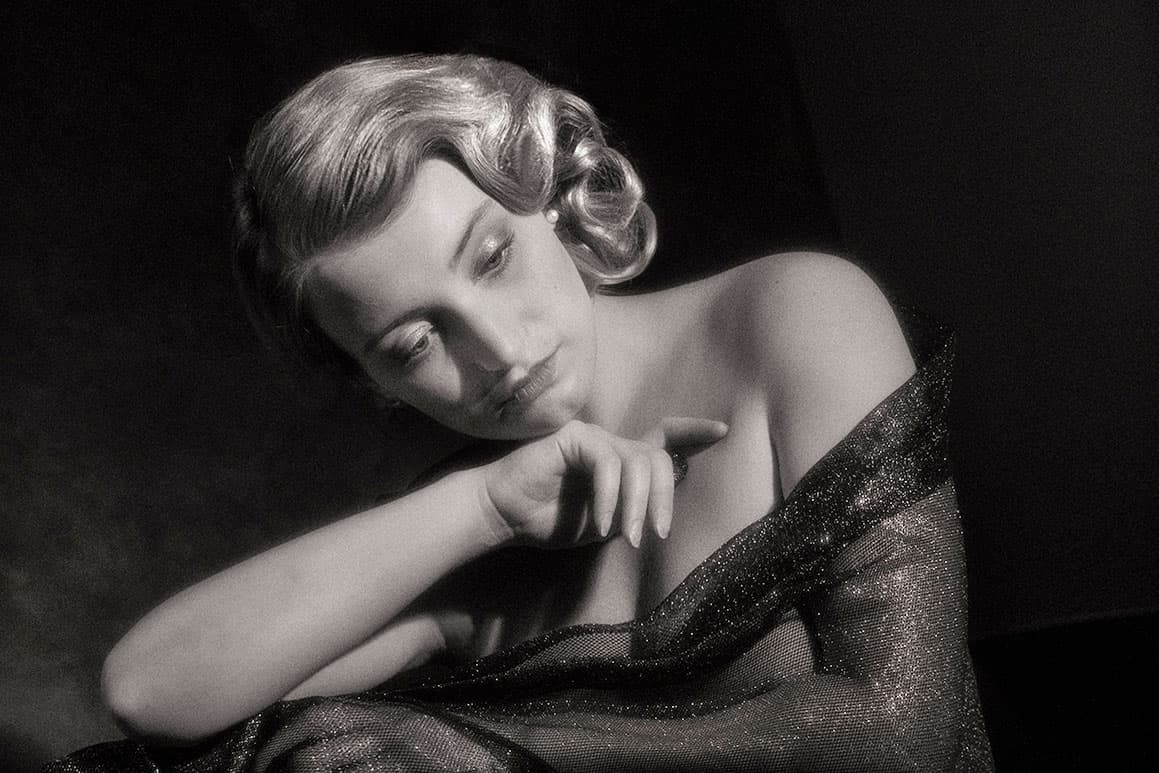
Nude fine art photography
Fine art nudes are a niche of portrait photography and can be closely associated with boudoir photography.
Tips for nude fine art portrait photography:
- Experiment with different materials – Very soft organza, or silks of pastel tones, can add a new dimension to your pictures. Material can be wrapped around your model, used as a veil or encouraged to blow in the wind. This creates fluidity and movement when combined with slow shutter speeds.
- Move your feet – Do not take multiple images from the same position. Walk around the model to get different looks. You may vary the height of the camera by standing on ladders or hills. Lying or kneeling on the ground will also provide different perspectives by making your model look taller.
- Check out the location – Once you have chosen your spot, check what time of day the light will be best. Make sure you select the right model for the location, too. Think about skin tones, for example. Ensure the location is safe for everyone involved in the shoot.
- Direct the model – Direct the model as much as possible, but make sure that they are comfortable with your ideas. When you are happy with what you’ve got, let your model add their own creative ideas. [It’s important to respect their personal space, especially when working with someone new to you!]
- Hire a stylist – Consider using a hairstylist. They can make a good image a great one. They can also help with make-up. It can be an advantage to have a third person along to arrange materials in a particular way. Flimsy, floaty material slips off easily and a stylist or helper can fix things while you wait to shoot.
See top fine art nude photography tips here.
Landscape fine art photography
If you are choosing to use landscapes within your fine art photography, the first steps are to find connections, location and subject for your photographs. Consider its purpose in the picture.
Fine art landscape photography tips:
- Try using filters – Using an ND filters can help with long exposures or creating a sense of mood.
- Capture the intimate – your fine art landscape photos don’t have to be wide-angle, grand vistas. Consider focussing on details of the landscape, which can reveal more in your narrative.
- Sense of scale – create ambience and a sense of scale by including a person in your photo.
- Change the aspect ratio – try photographing in portrait or square formats as well as landscape.
- Don’t forget dull days – if it works for your concept don’t be discouraged by dull, cloudy days! You can get great results with heavy clouds or mist. Also try going with a minimal approach or converting to black and white.
See our fine art landscape photography guide here.
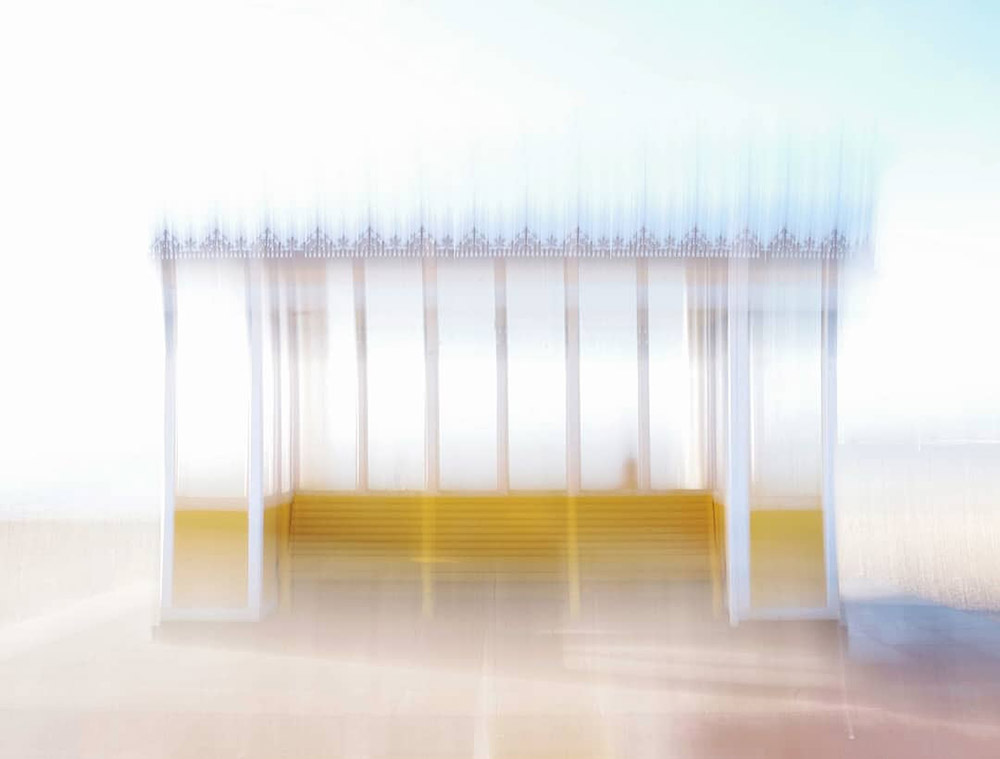
Still life photography
What is still life photography?
Still life photography is the depiction of inanimate subjects. Your fine art photography could be made up of using arranged natural or manmade objects to form a still life.
Still life photography is a great way to challenge some of your photographic and camera skills. Composition, form, placement of objects within the frame, focus, depth of field, camera angle and lighting are all factors for consideration.
Some tips for your still life shoot:
First of all, don’t think that you need fancy equipment or a studio; you can do this at home with any camera you own; even a smartphone.
- Plan your shoot – including the objects you use and make deliberate choices about the objects and where they are placed.
- Think about styling – Aside from the arrangement of objects think about the styling and ‘look’ or mood of your photos. A great example is creating a still life of fruit, objects or flowers in the style of Dutch Masters.
- Observe the light – if you don’t have any lighting, natural light is a great source. Experiment with placing your objects by a window. Observe shadows and direct sunlight and how this affects your photo.
- Collect props – build up a collection of props that reflect on your theme. This will help if you want to create a series of images.
Claire Gillo shares how to take perfect still life photographs here.
See more of our best-ever landscape, portrait & still life photography tips here.
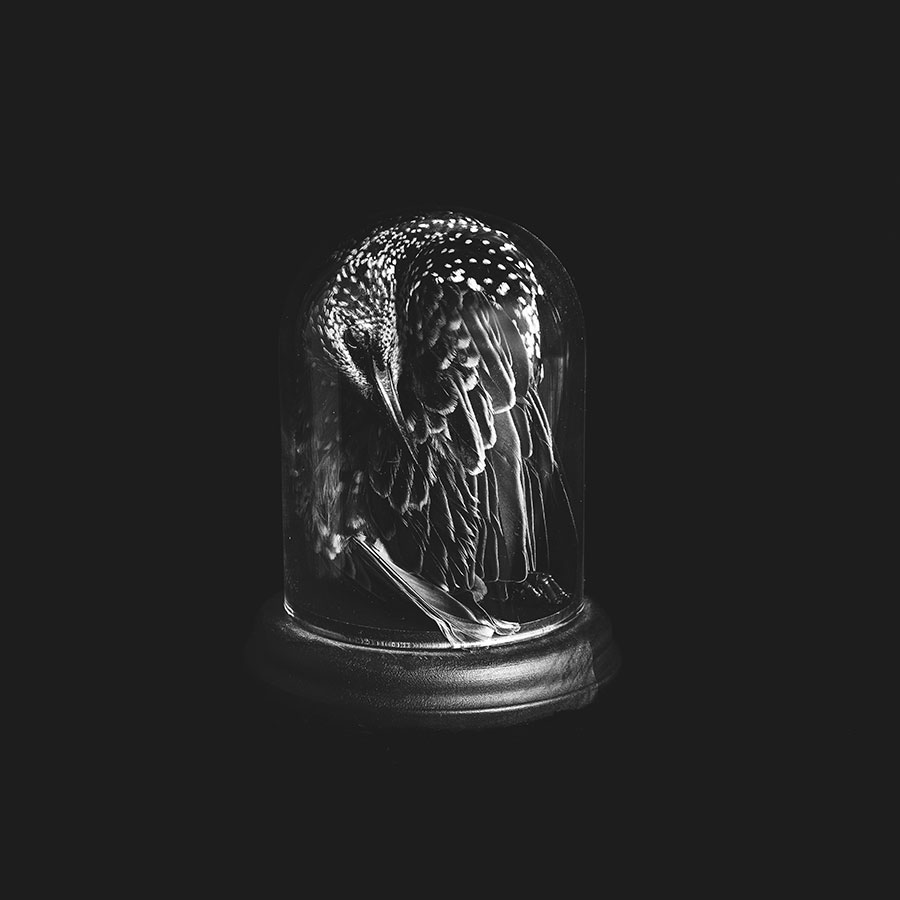
Black and White Fine Art Photography
When it comes to shooting in this genre the subject matter can be of anything – and many like landscape and portraits work really well. The only stipulation for shooting a fine art black and white image, other than it being shot or processed with your artistic impression, is the image needs to be in black and white.
Here are some quick tips for your black and white fine art photography:
- Fine art photography has no boundaries – so you can use whatever camera you like! Black and white works well in a variety of mediums, including film.
- Dull misty conditions are perfect for black and white fine art photography. Look for something interesting in the foreground and capture a blend into the white mist.
- Look for dramatic contrasting light.
- Be experimental – you could even try adding a splash of colour within your photo.
Claire Gillo shares her guide to fine art black and white here.
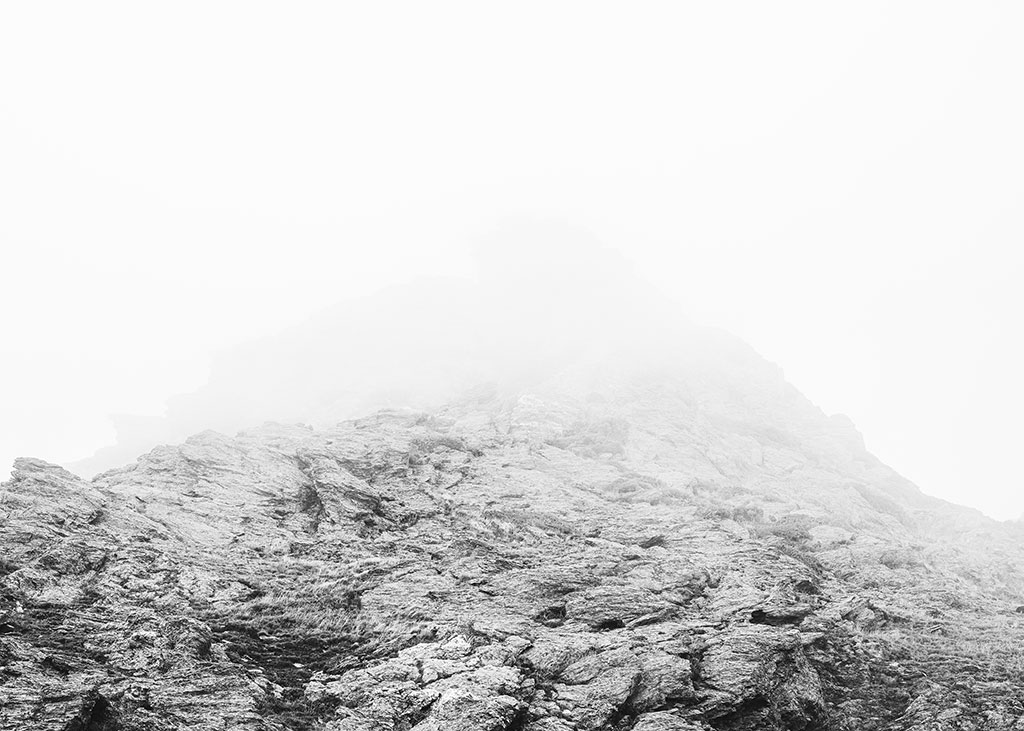
Fine Art Architecture Photography
Architecture photography is about buildings, monuments and their interiors and exteriors. The great thing about architecture, is that you can spend time looking at the static scene, and experimenting with different angles. From up close and looking up, to wide angle shots and full building landscapes. These perspectives are what will help you create mood and atmosphere, and develop your story.
Here are some quick tips for fine art architecture photos:
- Try using neutral density filters – for long exposure photography and to downplay the sky so that attention is drawn to your main subject.
- Exaggerate – take what it is you like and give it a bit more oomph. Whether its the colour or contrast of your subject, revealing more and exaggerating on it will help reveal what caught your eye.
- Be different – don’t imitate what you’ve already seen. Have your own voice and take your ideas in different directions to others.
Sharon Tenenbaum shares more in her guide to fine art architecture photography.
Share your fine art photography work
Once you have created your work it’s a good idea as part of the creative process to gain feedback from others. Does your message come across to them? You can do this by sharing on social media, asking people you know, or members of photographic communities.
You could also enter competitions such as the Fine Art Photography Awards, Sony World Photography Awards and EISA Maestro where there are categories suited to fine art photography.
See more competitions to enter here.
Examples of fine art photography
Here are some examples of fine art photography to help you build inspiration for your portfolio…
Jovana Rikalo
Jovana Rikalo is a fine art and portrait photographer from Serbia. Plus, she has a degree in law but diverged from this to a career in photography in 2013. Her dreamy and emotion-packed imagery is often shot outdoors using soft, natural light.
Reka Nyari
After studying at art school, Reka Nyari started modelling and developed an interest in photography. Her fine art photography often explores traditional ideas of gender, beauty and sexuality with a hint of mischievousness, eroticism and empowerment through the art of tattoos.
Florian Ruiz
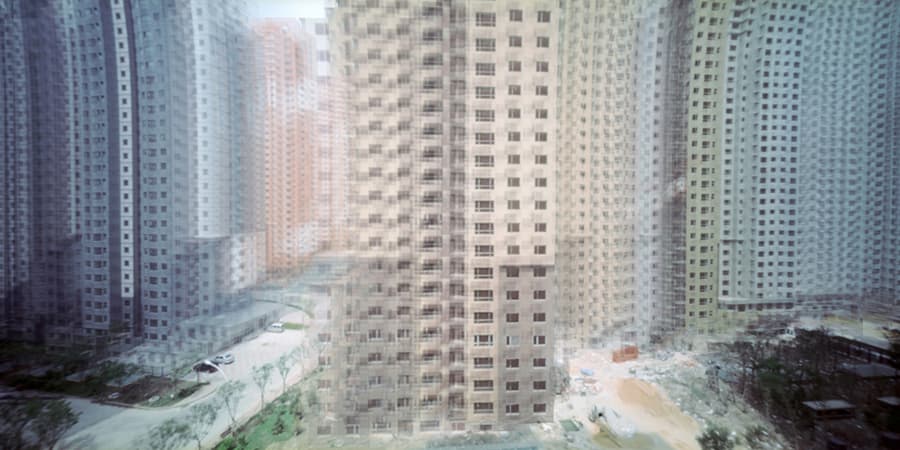
French photographer Florian Ruiz, creates projects to express the atmospheres, feelings, and sensations of desolate places. In recent works, Ruiz seeks to test the bounds of photography by challenging its ability to render an image of what is invisible to the eye by means of time and distortion. The series Mirage Cities came first place in the Amateur photographer category of the second Fine Art Photography Awards, in Cityscape.
Student fine art photography projects
Photography university graduates shared some great examples of fine art photography in their summer degree shows.
Aliz Kovacs-Zoldi
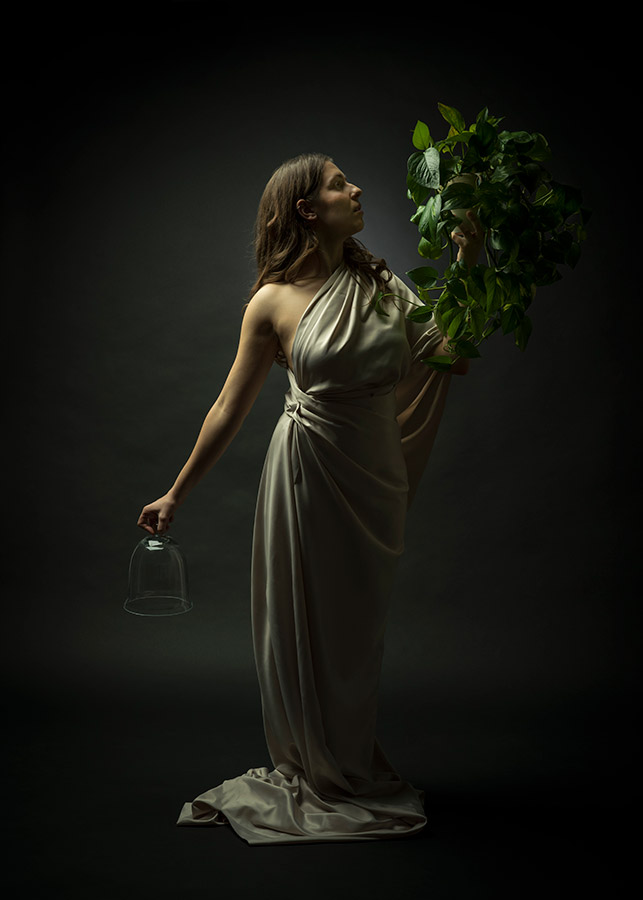
Aliz Kovacs-Zoldi’s project The Journey Within was inspired by her personal experience during pandemic, and the mental health challenges faced.
‘I wanted to channel the experience of isolation, anxiety and how the care for plants helped me into my third-year project. Whilst researching I came across a theory called the hero’s journey. It explains that all hero myths and stories share the same stages regardless of their origins, and that these stages revolve perpetually. Significantly, after reading about this theory I found that the challenges I faced in isolation echoed the stages detailed in the book, so I decided to use it as a guide to help create a narrative for my series.’
Zoe Ellen-Marie Jones
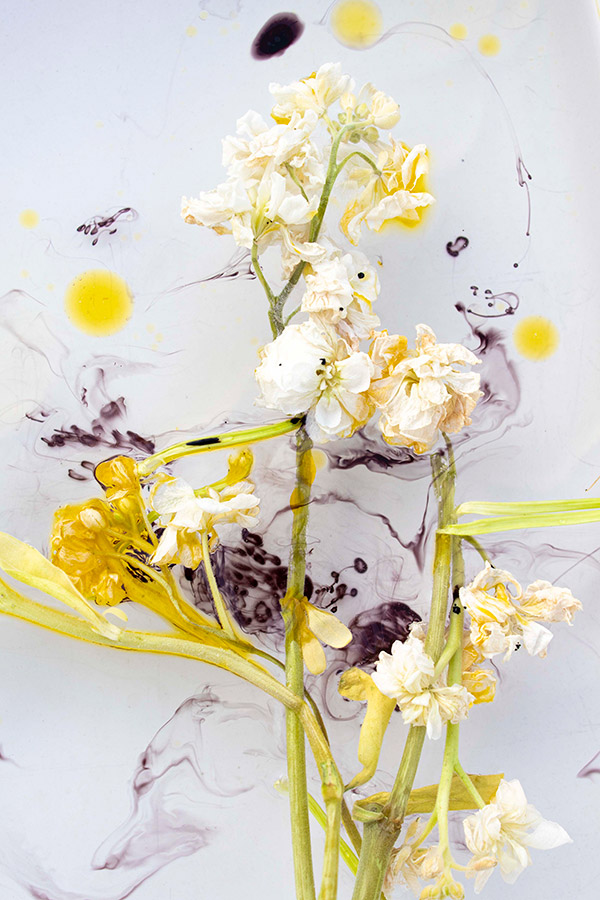
Birmingham City graduate, Zoe Ellen-Marie Jones used mixed media and inspiration from environmental photography for her project that addresses the severity of climate change. She told us, ‘Each of my photographs conveys change and devastation using a mixed media approach. Flowers and plants have been the main subjects of my work, and I’ve employed materials like water, inks, oils, and fire to alter their natural appearance.
By contrasting the plants and materials, I was able to juxtapose nature’s inherent beauty with the harm caused by climate change, emphasising the serious dilemma that the world is facing. Furthermore, these materials serve as metaphors for the very things that are causing havoc on the planet, such as ocean acidification & pollution, water pollution and oil spillages that can occur far too often.’
See more examples here:
Behind the scenes of Middlesex summer exhibition
Westminster graduates demonstrate resilience in degree show
Falmouth students share diverse techniques in Gweles exhibition
UWE students share first exhibition post-pandemic
Featured image: Image credit: Jessica Miller
Related content:
- What is Fine Art? Photographers explain
- Fine art architecture photography guide
- Guide to fine art black and white photography
- World’s best fine art photography revealed
- Guide to fine art landscape photography
This article is part of the AP Improve Your Photography Series – in partnership with MPB – and is designed to take your knowledge of photography to the next level, introduce different shooting skills and styles, and teach you how to grow as a photographer, so you can enjoy producing amazing photography (and video), whether that’s making money or simply mastering your art form. You’ll find further articles in this series.
Follow AP on Facebook, Twitter, Instagram, YouTube and TikTok.

